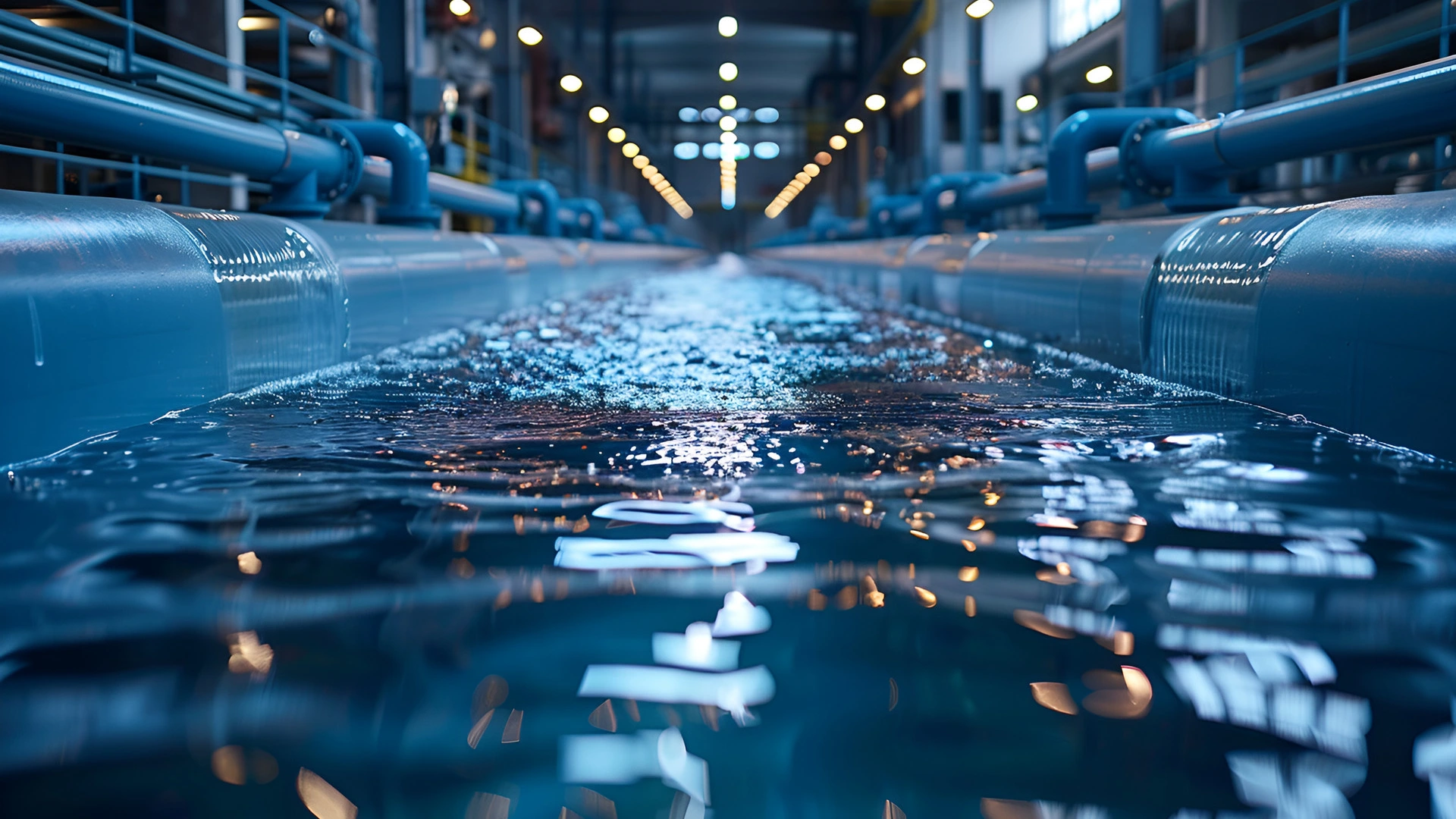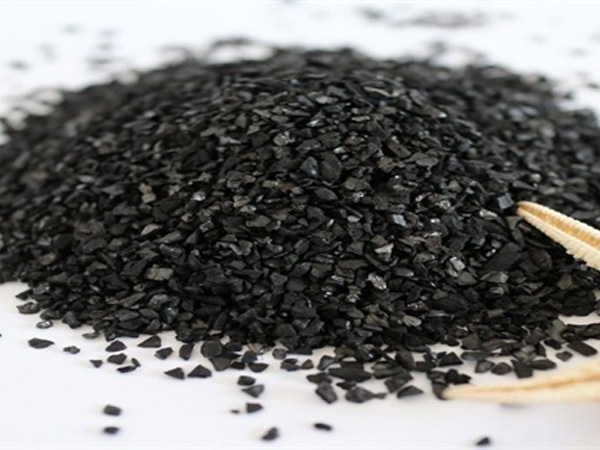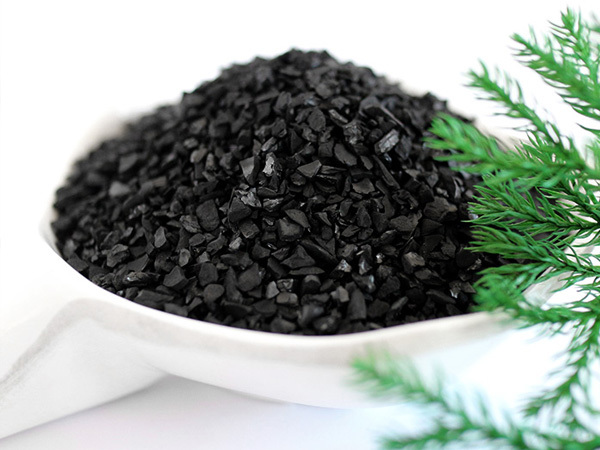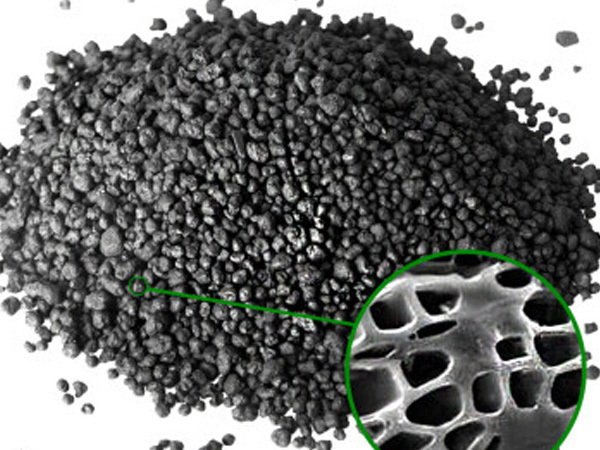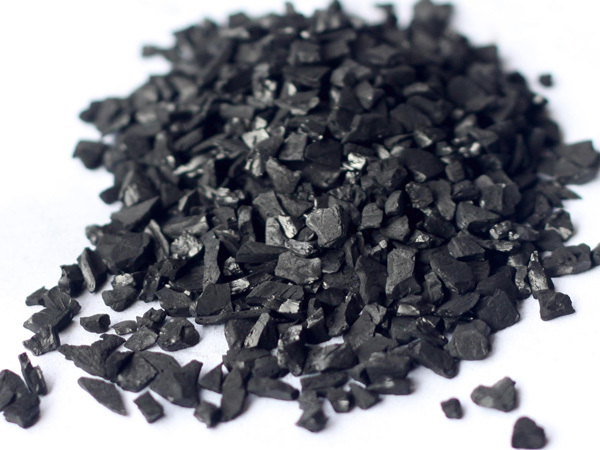Water pretreatment function of shell activated carbon
Release time:
2024-05-21
Because the nut shell activated carbon for water pretreatment requirements are very high, and the price of activated carbon is expensive, so in wastewater treatment, activated carbon is mainly used to remove trace pollutants in wastewater, in order to achieve the purpose of deep purification of water quality.

Because the nut shell activated carbon for water pretreatment requirements are very high, and the price of activated carbon is expensive, so in wastewater treatment, activated carbon is mainly used to remove trace pollutants in wastewater, in order to achieve the purpose of deep purification of water quality.
1, shell activated carbon how to deal with chromium containing wastewater: chromium is a large amount of metal raw materials in electroplating, chromium in wastewater with different pH values exist in different forms. Activated carbon has a very developed microporous structure and high specific surface area, with a strong physical adsorption capacity, can effectively adsorb Cr (VI) in wastewater. There are a large number of oxygen containing groups on the surface of activated carbon, such as hydroxyl (-OH), carboxyl (-COOH), etc., they all have a strong electrostatic adsorption function, the Cr (VI) to produce chemical adsorption. It can be used to treat Cr(Ⅵ) in electroplating wastewater, and the wastewater after adsorption can reach the national discharge standard. The results showed that when the mass concentration of Cr(Ⅵ) in the solution was 50mg/L,pH = 3, and the adsorption time was 1.5h, the adsorption performance of activated carbon and the removal rate of Cr(Ⅵ) achieved the best results. Therefore, the process of using activated carbon to treat chromium-containing wastewater is the result of the comprehensive effect of activated carbon on the physical adsorption, chemical adsorption and chemical reduction of Cr(Ⅵ) in solution. Activated carbon treatment of chromium containing wastewater, stable adsorption performance, high treatment efficiency, low operating costs, there are certain social and economic benefits.
2, shell activated carbon how to deal with cyanide containing wastewater: in industrial production, gold and silver wet extraction, chemical fiber production, coking, ammonia synthesis, electroplating, gas production and other industries are using cyanide or by-product cyanide, so in the production process must discharge a certain amount of cyanide containing wastewater. Activated carbon has been used to purify wastewater for a long time, and there are more and more literature reports on the treatment of cyanide-containing wastewater. However, due to the small adsorption capacity of CN_and HCN on activated carbon, it is generally 3mgCN/gAC ~ 8mgCN/gAC depending on the variety, which is not economical in terms of processing cost.
3, shell activated carbon how to deal with mercury containing wastewater: activated carbon adsorption of mercury and mercury containing compounds, but the adsorption capacity is limited, only suitable for the treatment of low mercury content of wastewater. If the concentration of mercury is high, it can be treated by chemical precipitation method first. After treatment, the mercury content is about 1mg/L, and when it is high, it can reach 2-3mg/L, and then use activated carbon for further treatment.
4, nut shell activated carbon how to deal with phenolic wastewater: phenolic wastewater is widely derived from petrochemical plants, resin plants, coking plants and oil refining and chemical plants. The experimental results show that the adsorption performance of activated carbon for phenol is good, and the increase of temperature is not conducive to adsorption, which reduces the adsorption capacity, but the time to reach the adsorption equilibrium is shortened. The amount of activated carbon and adsorption time of the existence of the best value, in acidic and neutral conditions, the removal rate of little change; strong alkaline conditions, the removal rate of phenol decreased sharply, the stronger the alkaline, the worse the adsorption effect.
5, shell activated carbon how to deal with wastewater containing methanol: activated carbon can absorb methanol, but the adsorption capacity is not strong, only suitable for treatment of wastewater containing low methanol. The project operation results show that the COD of the mixed liquid can be reduced from 40mg/L to less than 12mg/L, and the removal rate of methanol can reach 93.16-100%, and the effluent quality can meet the water quality requirements of the inlet water for reuse to the boiler desalination water system.
Key words:
Activated carbon
Carbon
- All
- Product Management
- News
- Introduction
- Enterprise outlets
- FAQ
- Enterprise Video
- Enterprise Atlas
RELATED INFORMATION

